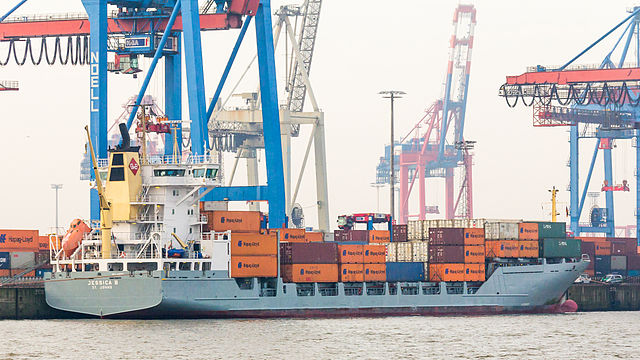The global economy avoided a meltdown 2020-2022 due to the Covid-19 pandemic because governments around the world, led by the U.S., printed trillions of dollars for their own citizens, oiling consumer demand and goosing merchandise trade around the world.
That steroid is now wearing off, as consumers have spent most of the money they were given, and because their spending fueled inflation, making it harder to buy as much stuff, and that’s denting Chinese exports, according to an analysis by Trade Data Monitor, the world’s premier source of trade statistics.
In April, exports rose only 3.9% over the previous year, to $273.6 billion. That’s the lowest rate in two years, and far below a 14.7% improvement in March. Imports were flat at $222.5 billion, and would have declined precipitously without broad inflation in the prices of key commodities.
Much of the economic analysis has focused on the impact of Russia’s invasion of Ukraine, and the pandemic locking down ports in China, but the bigger picture is that the world is now having to adjust to consumers no longer having huge stacks of free cash in their pockets to spend on retail goods made in China.
The upshot: Chinese shipments of high-tech products in April declined 4.9% year-on-year to $72.3 billion from $76 billion. Exports of LCD panels declined 0.5% to $2.3 billion. Exports of mobile phones fell 7.3% to $10.3 billion. Exports of household appliances declined 5.3% to $7.9 billion. Exports of furniture fell 2.9% to $6 billion.
There were some exceptions to this bleak picture, mainly due to people being outside and on the move again. Shipments of cars and trucks rose 8.9% to $2.8 billion. Shipments of footwear rose 28.2% to $3.8 billion. Exports of toys, which includes a lot of outdoor athletic gear, increased 18.1% to $3.6 billion.
And battery-related industries are still expanding, requiring a strong supply chain. Rare earth exports doubled to $109.4 million from $54 million. (Contrary to popular assumption, rare earths remain a small, niche market.)
To be sure, Chinese exports are still increasing, partly because of inflation and partly because the world is still recovering from the Covid-19 pandemic. Exports to the EU increased 8.1% to $43.1 billion. Shipments to the U.S. rose 9.6% to $46 billion. Exports to ASEAN countries rose 7.7% to $44.2 billion.
Officially, Chinese imports were basically flat, but that was only because of price inflation in essential commodities. It was only those rising prices which kept Chinese imports from freefalling. Natural gas imports, for example, rose 32% by value, to $4.3 billion from $3.2 billion, but fell 19.6% by quantity, to 8.1 million tons from 10.1 million tons. Iron ore imports fell 12.6% to $86 million tons. Copper imports declined 1.9% to 1.9 million tons. It’s clear that Chinese industry is slowing down.
It’s the high-tech supply chains that appear most affected by the current slowdown. Exports to Vietnam, a key component of China’s supply chain, fell 0.2% to $12.8 billion. Imports from Vietnam declined 4.7% to $6.5 billion.
Imports from the EU fell 12.5% to $23.4 billion. Imports from the U.S. declined 1.4% to $13.8 billion. Imports from ASEAN countries rose 3.7% to $32.8 billion.
China is one of the only economies still buying huge quantities of Russian exports. It hiked shipments, mostly gas and oil, 53.2% to $8.9 billion in April. However, Russian consumers, beset by a painful war economy, are having an even more difficult time than those in the U.S. and Europe. Chinese exports to Russia fell 25.8% to $3.8 billion


